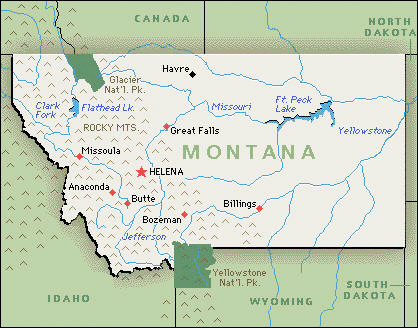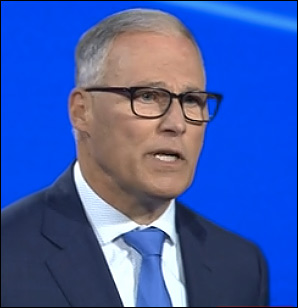By Jim Ellis
Oct. 14, 2020 — We’ve seen a preponderance of straight-line party voting in the past few elections, but two new surveys testing both the presidential and US Senate campaigns in respective states suggest a split ticket result could possibly occur.
 Two polls were released earlier this week, one from Michigan and the other Montana, which find a constant sample plurality that suggests the respondents might vote for different party candidates in the presidential and US Senate race. In both cases, the respective Senate candidate is polling better than the same party’s trailing presidential contender.
Two polls were released earlier this week, one from Michigan and the other Montana, which find a constant sample plurality that suggests the respondents might vote for different party candidates in the presidential and US Senate race. In both cases, the respective Senate candidate is polling better than the same party’s trailing presidential contender.
In Michigan, Siena College/New York Times surveyed the Wolverine State electorate (Oct. 8-11; 614 likely Michigan voters, live interview) and finds that former vice president Joe Biden leads President Trump, 48-40 percent, but the same sample finds Democrat Sen. Gary Peters leading challenger John James (R) by only a 43-42 percent margin. Therefore, we see a net seven-point swing toward the Republican candidate as the voters move down the ballot.
We see a potentially similar pattern developing in Montana, but the parties are reversed. Here, Public Policy Polling surveyed the Big Sky Country voter sample (Oct. 9-10; 798 Montana voters, interactive voice response system) and notes that President Trump is topping Biden, 52-46 percent, yet in the Senate race, Sen. Steve Daines (R) and Gov. Steve Bullock (D) are tied at 48 percent preference. These results translate into a six-point net swing toward the Democratic candidate after the individual voter professes his or her presidential preference.
Both of these patterns appear unusual for contemporary election cycles that now see sometimes less than five percent of party members straying from their organization’s nominee while Independents follow their own predictable track. This tells us that non-affiliated voters in these two states may be acting more like true independents, which would constitute a relative break in the voting prototypes that have come to the forefront during this decade.





